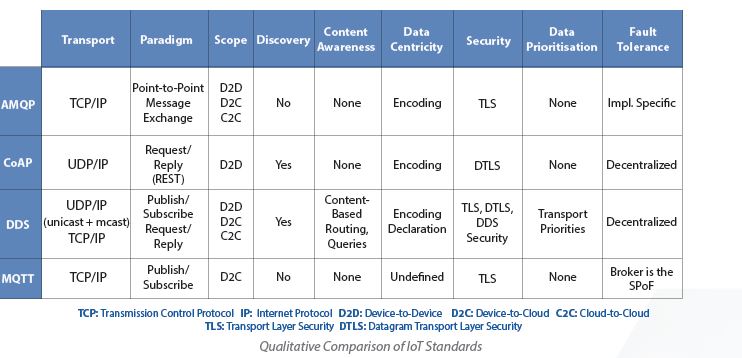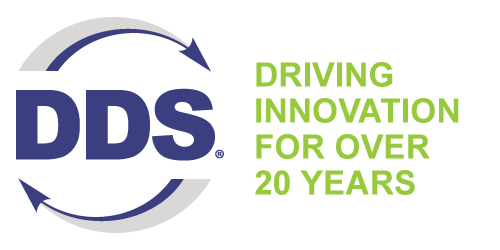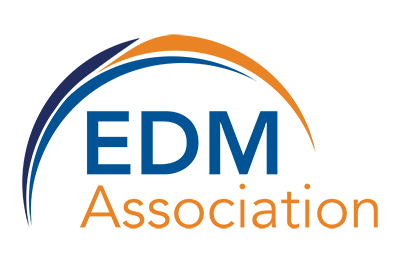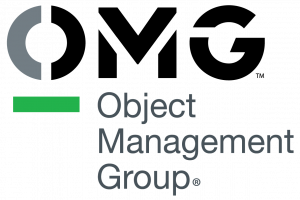Performance, Scalability, Robustness, Reliability, and QoS for Industrial IoT & Consumer IoT
The OMG DDS standard is optimized for high performance, highly-scalable Industrial Internet of Things (IoT) and large-scale Consumer IoT application environments which require real-time data communication exchange. It is already well-proven in mission-critical systems in industries ranging from smart transportation to healthcare to smart energy.
Industry standards built on top of DDS
DDS is the foundation of other industry standards including OpenFMB, Adaptive AUTOSAR, MD PnP, GVA, NGVA, and ROS2.
Is DDS Right for You?
Based on the use of DDS in thousands of applications, we can predict the need for DDS in new projects. If you answer “yes” to any of the following questions, DDS is likely the best connectivity framework technology for your project.
- Do you have latency, network bandwidth/throughput, or scaling issues because you measure latency in ms or less, or you have more than 10 different applications, or you have more than a thousand data items to share?
- If your system goes offline for 5 minutes (or even 5 ms), is it a serious problem? Or, do you struggle to configure, startup, or failover to backup servers?
- Are you building a system that will take more than a year to write, last more than three years, and is expected go through multiple versions or integrate with legacy applications?
These questions help identify your critical performance, reliability, and integration needs. If you answer yes to any of these questions, you should evaluate DDS as a solution, since it offers many additional benefits.
Key Advantages of DDS
The OMG DDS middleware standard helps users reliably and securely harness ever-increasing amounts of device- generated data while processing the data in real-time, and acting on events as quickly as they occur. As a result, it enables smarter decisions, new services, additional revenue streams, and reduced costs. The OMG DDS middleware standard can also simplify the development, deployment, and management of IoT applications, speeding time-to-market. It provides:
- Ease of Integration: The data-centric approach used by DDS allows the definition of common and extensible data models for seamless Information Technology (IT) / Operational Technology (OT) interoperability. Its loose and anonymous data-sharing abstraction completely hides connectivity and topology details from applications.
- Performance Efficiency and Scalability: DDS implementations can achieve point-to-point latencies that are as low as 30 µsec. and throughput of several million messages per second. It uses a very efficient wire protocol, content- and time-based filtering. When properly architected, DDS-based systems can achieve near-linear scalability.
- Advanced Security: The OMG DDS Security Specification defines a comprehensive Security Model and Service Plugin Interface (SPI) architecture for compliant DDS implementations. DDS provides standardized authentication, encryption, access control and logging capabilities to enable secure data connectivity end-to-end in an IoT system.
- Open Standard: The OMG DDS middleware specification is a mature, proven standard open to participation by both vendors and users. It enables end-to-end vendor interoperability and eases IoT system development and integration through fully open, future-proof APIs with no vendor lock -n.
- QoS-Enabled: A rich set of QoS policies allows DDS to control of all aspects of data distribution, such as timeliness, traffic prioritization, reliability and resource usage.
- Scalable Discovery: For large-scale dynamic systems, DDS offers automatic discovery that provides plug-and-play functionality to simplify system integration and orchestration.
- Applicability: DDS can transparently address peer-to-peer, device-to-device, device-to-cloud, and cloud-to-cloud communication. Implementations are available for embedded, mobile, web, enterprise and cloud applications.
Additional Technical Advantages
- Programming language-, operating system-, transport- and hardware-independence
- Configurable redundancy for extremely reliable operation
- Multicast support for scalable data delivery
- Standard-wire protocol for seamless multi-vendor application interoperability
- Data selection and filtering to ensure efficient use of network and CPU resources
- Extensible data-type evolution for practical long-term architecture lifecycle
- Proven operation for mission-critical system building
- A future-proof international standard to eliminate proprietary stovepipes
How Does DDS Compare to other IoT Technologies?
DDS outperforms traditional messaging solutions in Data Centricity, QoS, Security, Discovery and more
Different Internets of Things
Applications designed for the Consumer Internet of Things (IoT) and the Industrial IoT must be able to efficiently scale and securely share data. However, there are qualitative differences in system requirements for these two types of IoT applications:

Qualitative Comparison of system requirements for Consumer and Industrial IoT applications
Source: Cutter Journal December 2014
The Consumer and Industrial IoT share many of the same requirements. However, each requirement has a very different relative importance. For example, Industrial IoT applications must deal with high individual data rates. Single sources, such as an aircraft engine, produce high volumes of data. Consumer IoT applications don’t usually deal with high individual data rates. However, all IoT applications must deal with high aggregated volumes of data.
Different Protocols
Several specialized messaging/data-sharing protocols are often considered for IoT applications, including
Several specialized messaging/data-sharing protocols are often considered for IoT applications, including
- Message Queue Telemetry Transport (MQTT), a broker-reliant publish/subscribe messaging protocol designed to be used with TCP/IP
- Advanced Message Queuing Protocol (AMQP), which defines an efficient, binary, peer-to-peer protocol for transporting messages between two network processes (usually a client and a broker)
- Constrained Application Protocol (CoAP) is a software protocol that was designed to support the connectivity of simple low power electronic devices (e.g. wireless sensors) with Internet based systems
The following table provides a comparison of the technologies listed above. A number of these IoT protocols were designed for simplicity and as such can support only a very limited set of use cases. DDS on the other hand is a feature-rich standard that transparently handles much of an IoT system’s data connectivity complexity, therefore, easing developer efforts.

DDS: The Right Choice
Many real systems include devices, servers, mobile nodes, and more. They have diverse communication needs, but it’s better – and easier – to use a single communication paradigm when possible. System designers should determine which of the protocols meets the primary challenge of their intended applications. Then, if possible, extend that primary choice to all aspects of the system.
For example, inter-device data use is a different use case from device data collection. Requirements for turning on your light switch (best with CoAP) are much different than the requirements for managing the generation of that power (best with DDS), monitoring the transmission lines (best with MQTT), or communicating power usage within the data center (best with AMQP).
Overall, DDS is the most versatile of these protocols. It can manage tiny devices, connect large, high-performance sensor networks and close time-critical control loops. It can also serve and receive data from the cloud.
DDS communication is peer-to-peer. Elimination of message brokers and servers simplifies deployment, minimizes latency, maximizes scalability, increases reliability, and reduces cost and complexity. Using DDS does require building a data model and understanding data-centric principles. It is ideal for IoT applications that require a lasting, reliable, high-performance architecture.


